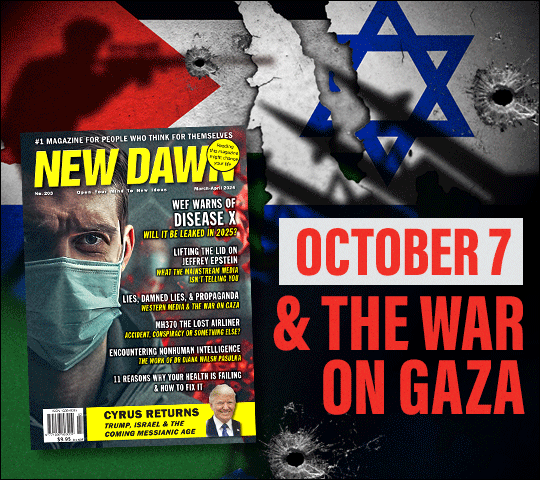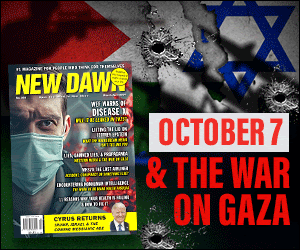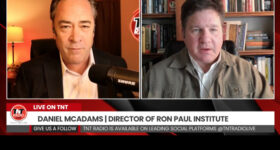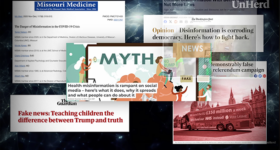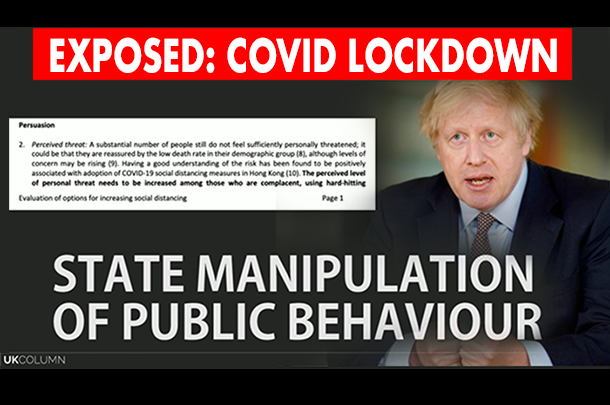
Mike Robinson
UK Column
Coercion: the practice of forcing another party to act in an involuntary manner by use of threats or force.
Over the course of the Covid-19 ‘crisis’, scientific advice to the UK Government has been co-ordinated by the Scientific Advisory Group for Emergencies (SAGE). SAGE is co-chaired by Sir Patrick Vallance (the Government Chief Science Advisor) and Professor Chris Whitty (the Chief Medical Officer).
We have already seen how SAGE has used external advisors to help direct the medical and social response. But the UK government also claims that “many issues around the coronavirus response relate to behaviour”.
SPI-B
During the 2009/10 ‘swine flu’ pandemic, SAGE received advice from a subgroup called the Scientific Pandemic Influenza group on Behaviour and Communications (SPI-B&C).
That group was reconvened on 13 February this year. This time, its remit was limited to behaviour and it was renamed the Scientific Pandemic Influenza group on Behaviour, or SPI-B.
SPI-B takes no part in discussion about which interventions are effective in dealing with the Covid-19 ‘pandemic’, or their timing. The group is tasked with providing advice on how to ‘help’ people to adhere to the interventions which government demands.
By the beginning of March, there had been three meetings of SPI-B to discuss specific topics requested by SAGE: the risk of public disorder; the use of behavioural and social interventions; and how to give guidance to people who are asked to self-isolate.
Increasing the Public’s Compliance with Social Distancing
On 22 March, in preparation for a SAGE meeting to be held the following day, SPI-B published a document (pdf, mirrored here) entitled Options for increasing adherence to social distancing measures.
“What are the options for increasing adherence to the social distancing measures?”, it asks.
It considers the two social distancing measure seen to be most important at that time: general social distancing by everyone, and shielding of vulnerable people for at least 12 weeks.
There are nine “broad ways” of achieving behaviour change, they write: Education, Persuasion, Incentivisation, Coercion, Enablement, Training, Restriction, Environmental restructuring, and Modelling.
Persuasion and Coercion
The advice given by SPI-B is immediately aggressive. “A substantial number of people still do not feel sufficiently personally threatened,” they write. “The perceived level of personal threat needs to be increased among those who are complacent, using hard-hitting emotional messaging.”
In other words, SPI-B recommended to SAGE that levels of fear needed to be increased in order to bring levels of compliance with so-called ‘lockdown’ up to desirable levels.
“To be effective,” they continue, “this must also empower people by making clear the actions they can take to reduce the threat.”
Here, SPI-B is making it clear that it can’t be left to individuals to decide which actions are appropriate; they have to be told.
Another option for managing behaviour which SPI-B recommends is the harnessing of “social disapproval”.
“Social disapproval from one’s community,” they write, “can play an important role in preventing anti-social behaviour or discouraging failure to enact pro-social behaviour. However, this needs to be carefully managed to avoid victimisation, scapegoating and misdirected criticism. It needs to be accompanied by clear messaging and promotion of strong collective identity. Consideration should be given to use of social disapproval but with a strong caveat around unwanted negative consequences.”
There is a recognition here that following this approach could result in physical harm to individuals in a community who aren’t following the same behaviours as the community as a whole.
But it should be recognised that in order to make use of disapproval, government has to get into the community in question to stir up that disapproval.
This type of cynical breaking-up of communities is not a new technique to the UK government.
During the Foot and Mouth Disease ‘epidemic’ in 2001, when the UK government slaughtered millions of farm animals unnecessarily, it made sure to minimise any organised community opposition to the “slaughtered on suspicion” policy by only compensating some of the farmers in any community. This resulted in bitterness and envy within communities, and did permanent damage.
A free media is essential
Various government ministers have expressed the view that a free media is essential. A question which immediately springs to mind is, free to do what?
In this case, what ministers evidently mean is freedom to act as a conduit for government propaganda.
In an appendix to their main recommendation, SPI-B produced a table which they entitled APEASE (Acceptability, Practicability, Effectiveness, Affordability, Spill-over effects, Equity). They describe it as an “evaluation grid for options to rapidly increase general social distancing.”
Here, they make clear how they see the role of the media: not to hold government to account, but to act as a conduit for the ‘behavioural’ message (propaganda).
They recommend that the media is used:
- to increase sense of personal threat
- to increase sense of responsibility to others
- to promote positive messaging around actions
Everyone following mainstream media since the beginning of the Covid-19 outbreak must surely have noticed the inflammatory language used in the mainstream press, which can have only increased the sense of personal threat felt by the general public.
Articles from the BBC, such as To snitch or not to snitch — a discussion on the pros and cons of reporting your neighbour for breaking Covid-19 guidelines — fulfil that need to “increase a sense of responsibility to others”, otherwise known as ‘social disapproval’.
It is clear, therefore, that this SAGE advice has been taken.
Why would the media cooperate in this way?
It was announced on 17 April this year that the Government and the newspaper industry have formed a three-month advertising partnership called All in, all together to help “keep the public safe and the nation united” throughout the Covid-19 ‘pandemic’.
So news media have a commercial interest in providing a propaganda service to the UK government. Indeed, it has been noticed that the government is becoming the UK media’s most important client.
SPI-B methodology
The SPI-B report was “drafted by two members of the SPI-B panel and nine further members commented, following which the report was revised.”
They offer a caveat to that:
Much of the evidence that has been drawn on is very recent and has not been subject to peer review. In some cases, the source is a SPI-B paper that involves expert opinion. This report has been put together rapidly and been subject to limited scrutiny and review.
As a result of this level of work, the population of the UK has been kept in their homes and the whole of UK industry has been shut down, resulting in the worst economic decline in 300 years.
It is extremely difficult to see how this can be viewed as anything other than a direct psychological attack on the UK population.
In light of clear signs of increasing mental illness, resulting in suicide and failure to seek timely medical help, it is also difficult to see how this attack can be anything other than criminal.
EDITOR’S NOTE: For more insight and analysis on the UK government’s COVID-19 psychological operations watch the following UK Column News segment with Brian Gerrish and Mike Robinson which aired live on May 11, 2020:
READ MORE CORONAVIRUS NEWS AT: 21st Century Wire Coronavirus Files
SUPPORT OUR INDEPENDENT MEDIA PLATFORM – BECOME A MEMBER @21WIRE.TV



